Found 37 results
Open Access
Review
07 March 2025Unravelling the Role of Hydrogen Evolution Reaction Co-Catalysts in Photocatalytic Water Splitting: Mechanistic Insights and Material Strategies
The reliance on fossil fuels has led to a substantial increase in greenhouse gas emissions, presenting a critical environmental challenge. Addressing this issue necessitates the adoption of alternative renewable energy sources, with green hydrogen emerging as a promising candidate due to its high gravimetric energy density and absence of harmful emissions. Among the various hydrogen production techniques, photocatalytic technology has garnered significant attention for its dual potential to produce green hydrogen and degrade pollutants, thereby addressing both energy and climate crises. Efforts to scale photocatalytic technology for industrial applications have identified cocatalyst integration as a pivotal strategy, as it enhances reaction kinetics by lowering the activation energy and mitigating charge carrier recombination. This review comprehensively examines the hydrogen economy, the underlying principles of photocatalysis, recent technological advancements, key factors influencing photocatalytic reactions, the role of catalysts in hydrogen evolution reaction (HER) surface mechanisms, strategies for cocatalyst optimization, and future directions for the field.
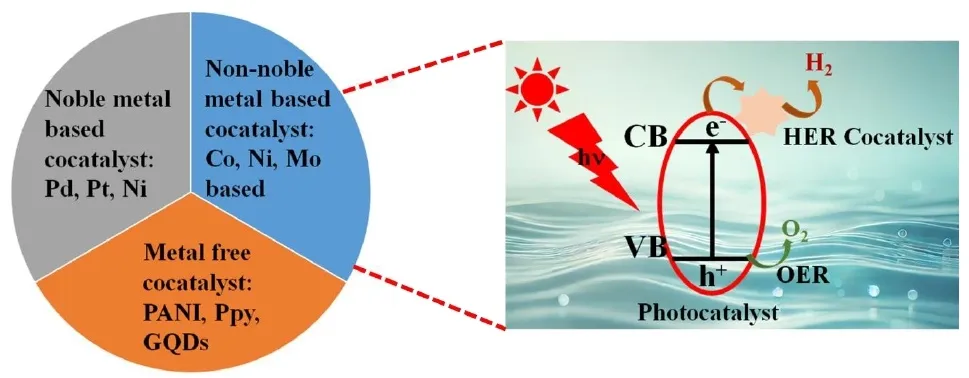
Open Access
Article
21 February 2025Efficient Removal of Glyphosate from Aqueous Solution by Cerium Dioxide Loaded Biochar
Glyphosate, which is one of the most widely used organophosphorus herbicides, poses a threat to the surrounding water environment. Traditional adsorbents were depicted to have poor capacities to eliminate it. CeO2 embraces the potential to adsorb glyphosate efficiently. However, suitable carbonaceous composites were necessary to be employed as its support. In this paper, water hyacinth was used as the precursor to prepare CeO2-loaded biochar (CeO2/WHBC), which was employed to remove glyphosate from the aqueous solution via adsorption. The results showed that CeO2/WHBC-3 illustrated the best adsorption performance for glyphosate with the capacity of 126.3 mg·g, which was prepared with per mmol CeO2 loaded of 0.2 g WHCB. Static adsorption experiments demonstrated that glyphosate adsorption at different solution pH values followed the Langmuir isotherm model and quasi-second order kinetic model, indicating that the adsorption was monolayer adsorption and that the adsorbent’s surface active sites primarily controlled the rate. Coexisting ion interference experiments showed that common cations (K+, Na+, Ca2+, Mg2+) and anions (Cl−, NO3−, SO42−) both promoted glyphosate adsorption on the CeO2/WHBC-3 surface. Moreover, the prepared sorbent maintained a high adsorption capacity after five adsorption-desorption cycles. Dynamic adsorption experiments showed that the CeO2/WHBC-3 packed column could efficiently remove glyphosate from aqueous solutions, even at high concentrations and fast flow rates. Zeta potentials and XPS analysis revealed that the adsorption mechanism of CeO2/WHBC-3 for glyphosate is mainly through electrostatic adsorption and metal complexation.
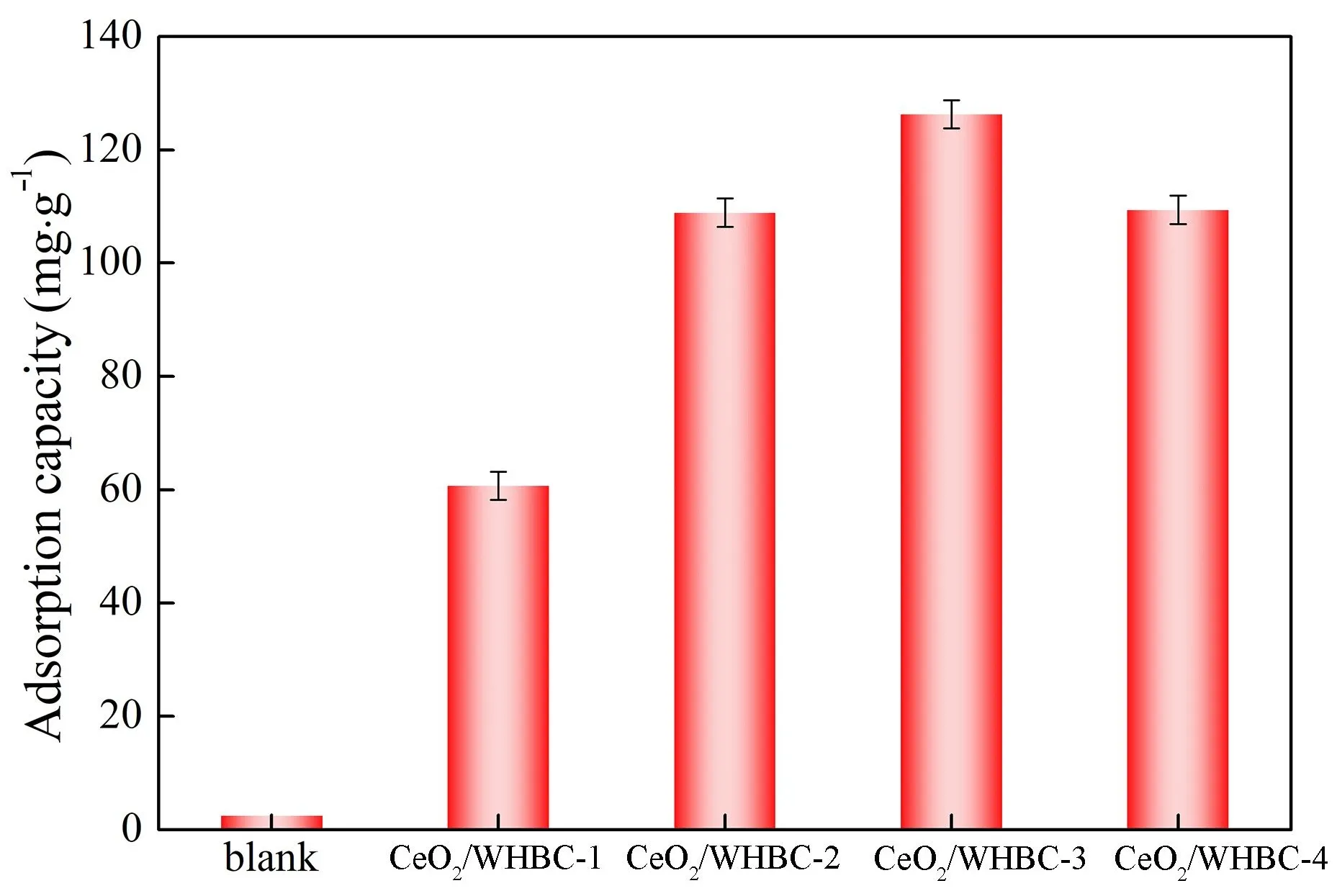
Open Access
Article
06 February 2025Performance Impacts of Rainwater Tanks on Stormwater Drainage Systems
This article explores the impact of using rainwater tanks on the performance of a stormwater drainage system and the possible challenges posed by climate change and future rainfall projections. This project examines a residential development in Aldinga, South Australia. The study sets clear research objectives that include the creation and simulation of drainage systems with different conditions (e.g., with and without rainwater tanks, historical data, and projected data). The aim is to analyze performance changes in the drainage network after the inclusion of rainwater tanks. Furthermore, the incorporation of projected rainfall data is considered to study possible implications of climate change on the system performance. The methodology follows a quantitative approach, with data collection, creating different models with the use of software, and simulating various conditions such as storms with different annual exceedance probabilities and varying proportions of roof area connected to rainwater tanks. Several findings are identified in this project. When roof areas of all residential allotments are connected to rainwater tanks, substantial benefits are observed in reducing peak flows within the network and runoff volumes. This proportion of connected roof area is directly correlated with reductions in peak flow. Also, while the use of projected rainfall data slightly affects benefits in peak flow and volume reduction, they will remain relatively high at least until 2050. Other performance features, such as hydraulic gradient line, long sections, and time to peak, are also explored. Study validates the hypothesis that rainwater tanks have a significant impact on runoff reductions and flood management, particularly when 100% of roof area is connected with rainwater tanks. Also, there is an impact when projected data is used, but it remains manageable and should be considered under specific contexts to decide whether these impacts are significant. Several opportunities for future research are suggested. These include the examination of larger areas, projections to a more distant future, the use of different rainfall patterns, and the consideration of extreme rainfall events.
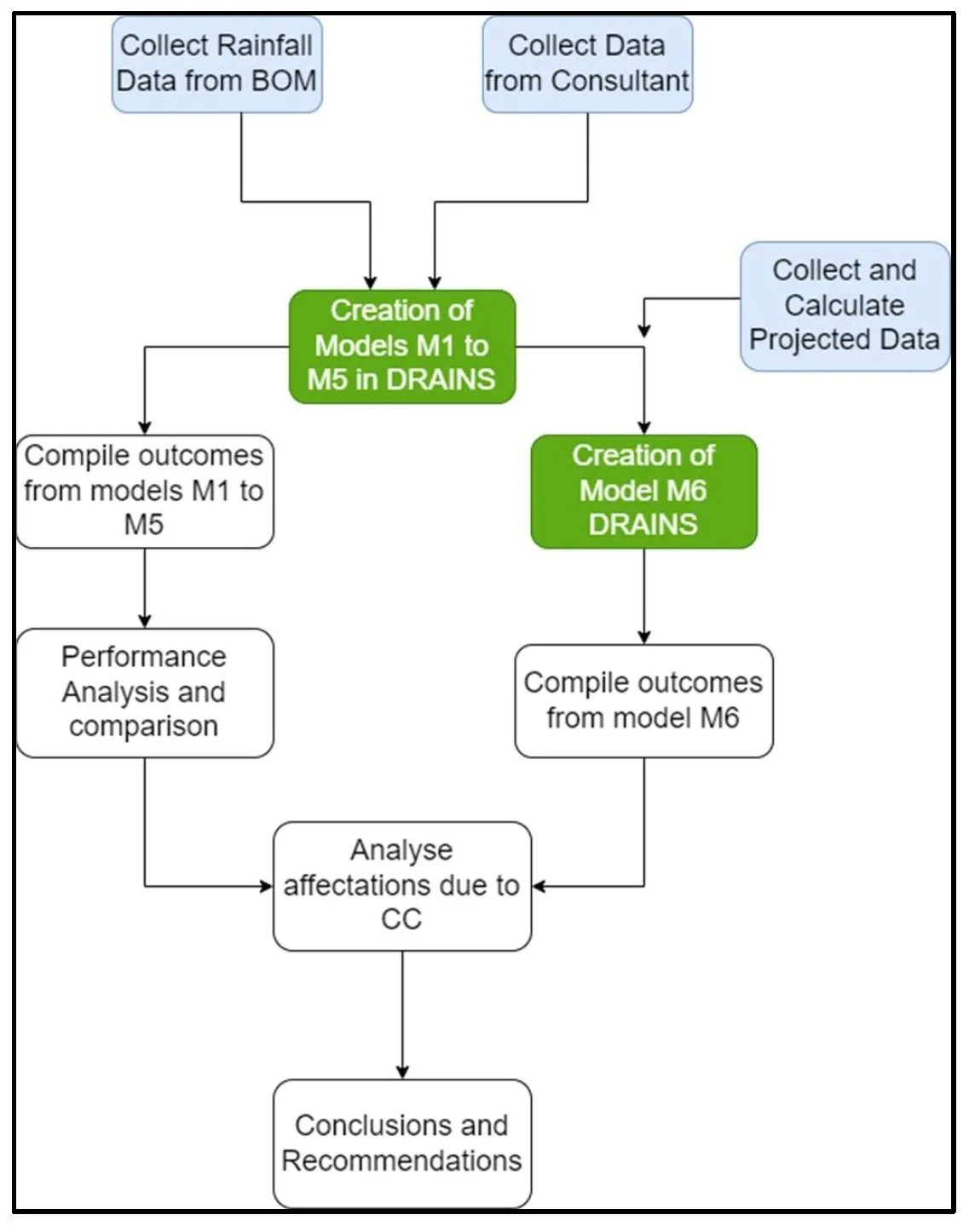
Open Access
Article
12 December 2024Adsorption of Bisphenol A and 2,6-Dichlorophenol in Water Using Magnetic Phosphogypsum Composite Materials
Phenolic pollutants in water bodies pose a huge threat to human health and environmental safety. In this paper, a hydrophobicity-enhanced magnetic C-SiO2/MPG composite was prepared by a two-step method to remove bisphenol A (BPA)and 2,6-dichlorophenol (2,6-DCP), typical phenolic trace pollutants in livestock wastewater and natural water bodies. The results of pH gradient experiments showed that C-SiO2/MPG showed a stable removal effect on BPA in the pH range of 2–11. The adsorption of 2,6-DCP by C-SiO2/MPG peaked at pH = 2, while the adsorption of 2,6-DCP by C-SiO2/MPG was severely inhibited under alkaline conditions. The PSO kinetic model and the Langmuir isotherm model can better describe the adsorption process of BPA and 2,6-DCP on C-SiO2/MPG, indicating that the monolayer chemical adsorption has a rate-controlling step. With the Langmuir equation fitting, the maximum adsorption capacity of C-SiO2/MPG for BPA and 2,6-DCP at 298 K was calculated to be 561.79 mg/g and 531.91 mg/g, respectively. The results of adsorption thermodynamics indicated that the adsorption of BPA and 2,6-DCP on C-SiO2/MPG was spontaneous, accompanied by a process of entropy decrease. C-SiO2/MPG showed good environmental resistance and repeated use stability for BPA and 2,6-DCP in electrolyte ion interference, actual water samples and cycle experiments. Mechanism analysis showed that the adsorption of BPA and 2,6-DCP on C-SiO2/MPG was mainly controlled by hydrogen bonding and hydrophobic interactions. This study designed an efficient adsorbent for phenolic pollutants that can be used in actual wastewater and broadened the resource utilization of industrial waste phosphogypsm.

Open Access
Article
15 November 2024Long-Term Change in Human Impact and Environmental Perceptions: A 40-Year Case Study of an Environment-Focused Non-Governmental Organization
Non-governmental environmental organizations are diverse in scope, goals and doctrine, ranging from natural history societies to green parties. It was from the 1960s that they became widespread worldwide. To characterize a French NGO and assess the changing trends in its objectives over time, we have qualitatively and quantitatively analyzed the journal it has published without interruption for 40 years: 140 issues, 4500 pages, and almost 250 keywords. The initial scope of the NGO was focused on ‘humans and nature’: we do not protect the environment against humans but with humans, i.e., at the same time as humans, which is the very definition of sustainable development, with its three-fold focus: nature, economy and social justice. The primary issues included recognizing water as a shared resource for all people, promoting sustainable agriculture and transportation (such as railways), advancing peace efforts, and protecting nature. This approach emphasizes a rigorous, evolving scientific perspective that goes beyond a focus on a few charismatic species (‘deluxe biodiversity’), embracing biodiversity in its entirety. Over time, the discourse has kept track of the shifting priorities of most Green parties: less and less focused on nature (e.g., forests, ecosystems) and more and more on social issues (e.g., health, housing, transport). However, it differs in not focusing on the idées fixes of the Greens (e.g., rejection of civil nuclear power, GMOs).

Open Access
Article
25 September 2024Evolution in the Dinarids: Phylogeography, Diversity and Evolutionary History of the Endemic Genus Delminichthys (Actinopteri; Leuciscidae)
The origin of exceptionally rich fish communities harboured within the freshwater systems of southern Europe is usually explained by allopatric speciation due to a long isolation of water basins. On the other hand, hybridization events have been recorded in several fish species, but they role in the speciation of freshwater fishes in the Southern Europe has not received significant attention. Contrary to most species within the Leuciscidae family, the genus Delminichthys inhabits a geographically restricted area (middle and southern Dinarides) and consists of only four endemic species. This study analysed the population genetic structure and demographic history of each Delminichthys species as a contribution to the understanding of the evolutionary peculiarities in Dinaric water systems. The obtained results revealed pronounced mito-nuclear and nuclear-nuclear discordance, likely the result of incomplete lineage sorting, as well as nuclear introgression observed in the Ombla River population in southernmost Croatia. In addition to allopatric speciation, ancient hybridization might have played an important role in the evolutionary history of this genus. The origin of the genus Delminichthys can be dated back to the Oligocene/Miocene boundary, to a period of significant tectonic activity in the Mediterranean region, and its ancestor likely inhabited the region of the central Dinarides. Intrageneric divergences occurred in the lower Miocene and Pliocene. Similarly, as previously proposed for Delminichthys adspersus, traces of underground migrations were found among Delminichthys ghetaldii populations, implying adaptations to underground life to be characteristic for the genus. All Delminichthys species express high levels of genetic diversity, likely as a consequence of their old origin. Size of D. adspersus is currently decreasing, while the remaining three species appear stable.
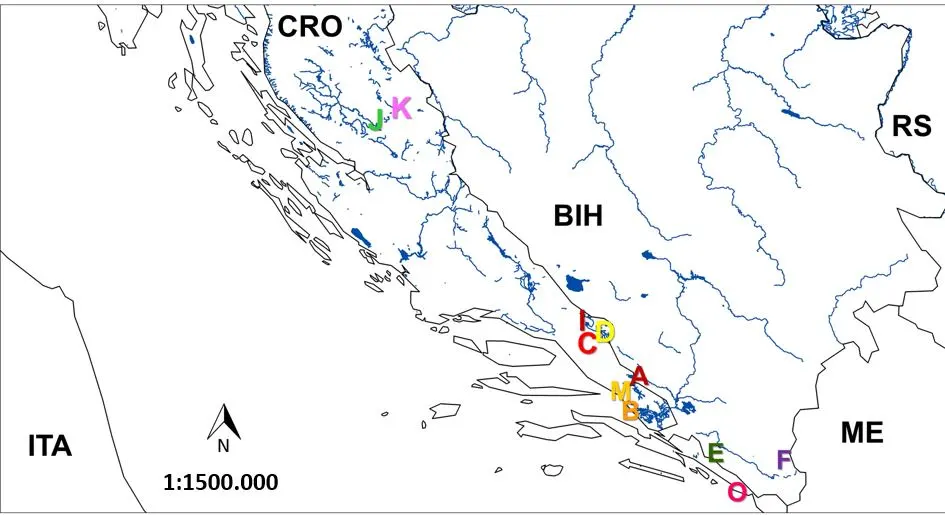
Open Access
Article
19 August 2024Differences in Flood Quantiles Estimate of Disturbed and Undisturbed Watersheds in the United States
Nonstationarity due to climate variation and anthropogenic disturbances has altered high flow regimes. However, the extent of change has not been evaluated for undisturbed versus disturbed watersheds. This article aimed to determine how partitioning watersheds into undisturbed and disturbed categories can improve the performance of probability distributions for flood analysis throughout the United States. We utilized peak flow information for 26 reference (undisturbed) and 78 nonreference (disturbed) watersheds with drainage areas ranging from 135 to 42,367 km2 and record lengths of 100 to 140 years. Results indicated that flood quantile estimates of the Log Pearson Type III (LP3) distribution were likely being overestimated for return periods of 2 to 10 years, while flood estimates of 50 years and higher might be underestimated. In contrast, the Generalized Extreme Value (GEV) distribution outperformed LP3 in estimating floods with return periods of 50 years or more. These findings enhance flood frequency analysis and forecasting under nonstationary conditions.

Open Access
Article
06 August 2024Evaluation of a Present-Day Thermal Activity on the Constitutive Minerals of a Granite and of Its Impact on the Whole-Rock Sealing Potentials
Mineralogical and chemical analyses of the major constitutive minerals from granite des Crêtes collected near the thermal site of Plombières-les-Bains (Vosges Mountains, eastern France) clearly show that recently circulating thermal waters up to 90 °C do not impact them. Even the constitutive minerals smaller than 2 microns are not affected. As a result, all minerals reflect the entire complex tectonic-thermal history of the granitic massif rather than just the recent thermal impact. Only the open faults and natural drains contain calcite from recent thermal waters. This is confirmed by similar calcite deposits with the same elemental contents sampled in the pipes of thermal installations. As a complementary conclusion, storage of containers of nuclear waste that diffuse an overall temperature up to 100 °C will not alter the potential sealing properties of a plutonic host massif, of course, without any recent thermal drainage that could potentially spread radioactive waste. This conclusion was already obtained on a moderately faulted sedimentary environment after a one-year in-situ heating experiment at about 100 °C. Calcium is a key indicator of low thermal impact. After an initial decrease, its levels rose significantly in the most "altered" granite samples, inducing calcite precipitation, even in the water pipes at the thermal site. The negligible impact of a hydro-thermal activity at a maximum of about 100 °C in a granitic material represents, indeed, a piece of useful information, as deep sites for nuclear waste in plutonic host rocks appear to act, also, as potential isolated host systems.
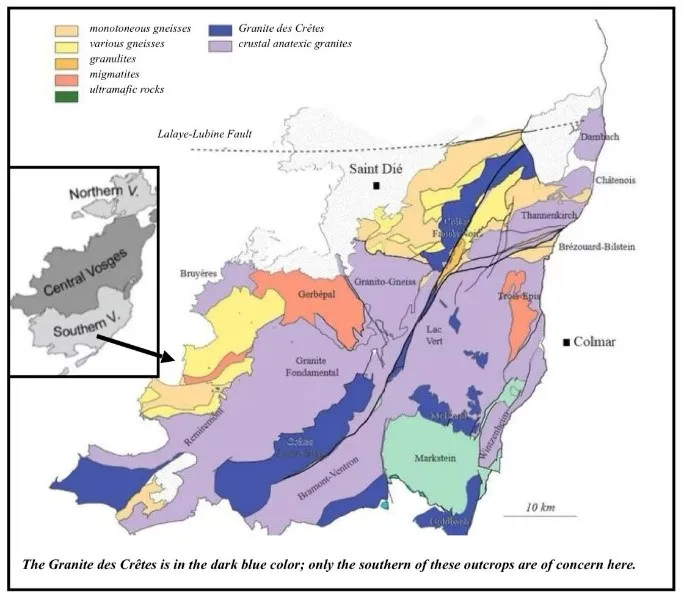
Open Access
Opinion
26 June 2024Prospective Approaches for Ecosystem Sustainability Including Climate Mitigation
A summary, based upon foresight, futures, ideation and frontier technology studies of prospective approaches to foster ecosystem sustainability including climate mitigation at the technology and societal levels which are at scale and profitable. Approaches summarized include halophytes/salt plants grown on deserts/wastelands using saline/seawater, to address land, water, food, energy and climate, frontier energetics, nascent climate mitigation concepts, cellular agriculture, materials optimization, the virtual age, efficiency and redesigning the ecosystem for the Anthropocene. Solution/mitigation approaches are targeted at deforestation, desertification, pollution writ large (land, sea, air, space), and extensive urbanization along with soil salination, ocean acidification, mining, and water scarcity.
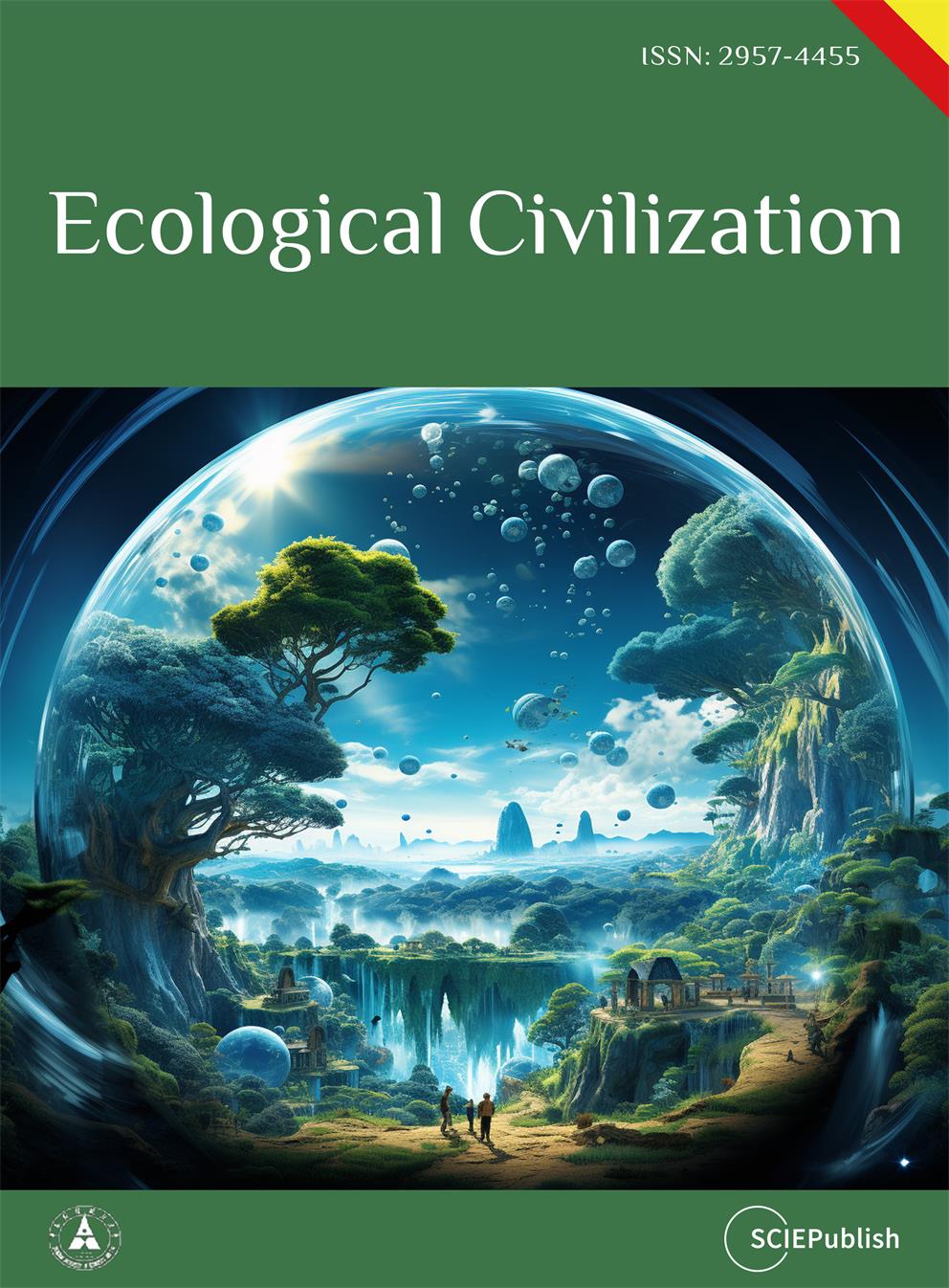
Open Access
Article
11 April 2024Exploring Bi4V2O11 as Photoanode for Water Splitting with a Wide Range of Solar Light Capture and Suitable Band Potential
Bi4V2O11 possesses a bandgap of ~1.9 eV, and the band positions of minimum conduction band and maximum valence band straddle the redox potentials of H+/H2 and O2/H2O. In the current work, photoanode made of particulate Bi4V2O11 film displays a wide range of light adsorption. However, when the anode was fabricated by drop-casting and examined for photoelectrochemical water splitting, the photocurrent density of the pristine Bi4V2O11 was low. Improvement has then been carried out by Mo-doping. The Mo-doped Bi4V2O11 photoanode achieves a maximum photocurrent density of 0.3 mA/cm2 after a post deposition necking treatment to improve the connectivity of the drop-cast particles in the film. This material also shows a stability with maintaining 80% photocurrent after 2 h test. Discussion has been made on the displayed performance in PEC water splitting of the Bi4V2O11 materials. Potential solutions have been proposed for this type of promising photoanode material for water splitting.
